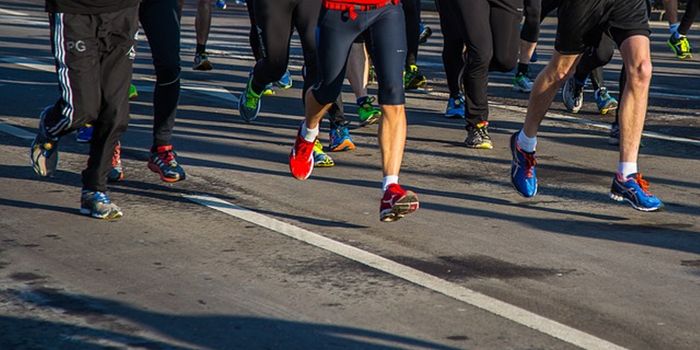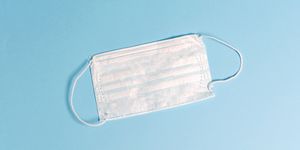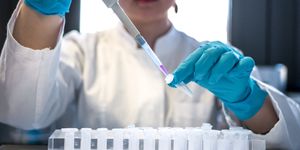New Imaging Study Shows How COVID Damages the Heart
As we enter the third year of the COVID-19 pandemic and new, more contagious variants are reported, avoiding infection remains more important than ever. While previous research has largely focused on COVID’s damage to the lungs, new research has shown that it also damages the structure of heart tissue.
In a recent study, researchers at the University of Göttingen and Hannover Medical School used a form of x-ray imaging (synchrotron radiation) to visualize and characterize three-dimensional heart muscle tissues from patients who had died of COVID-19. They found that these patients had significant changes to the capillaries (very small blood vessels) in their cardiac muscle tissue. The capillaries in their heart tissue had morphological changes, including variations in diameter and small holes. These changes were indicative of more frequent intussusceptive angiogenesis, or new vessel development and formation.
COVID-19 has been tied to heart issues in previous studies, and this new information may help us understand why these issues occur. In addition to this new information about changes to blood vessels, COVID-19 has been shown to damage the heart through a lack of oxygen, inflammation, and stress cardiomyopathy, a disorder caused by viruses that makes it harder for the heart to pump blood.
People with underlying heart conditions should take extra care to avoid infection with COVID-19 since they have an increased risk of complications. Additionally, COVID-19 infection appears to increase the risk of both heart attacks and strokes at the population level, likely because of the body’s strong inflammatory response to the virus. This gives anyone a good reason to avoid infection. Damage to the heart and other organs is dependent on the severity of the infection, which can be reduced through currently available vaccines. Additionally, vaccines can lower your risk of catching the virus or spreading it to others who may be at higher risk.
COVID precautions may be exhausting for many of us, but they continue to be our best line of defense in protecting ourselves and those around us.
Sources: CDC, eLife, Pubmed, Johns Hopkins Medicine, Johns Hopkins Medicine, CDC, CDC








